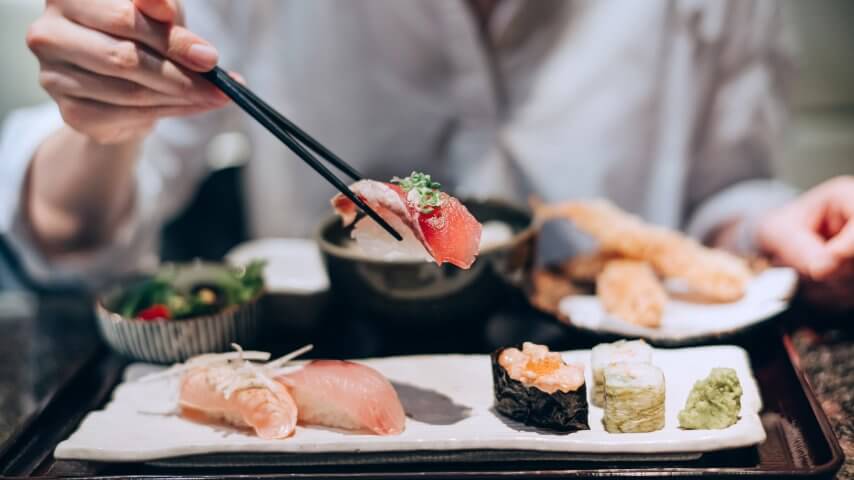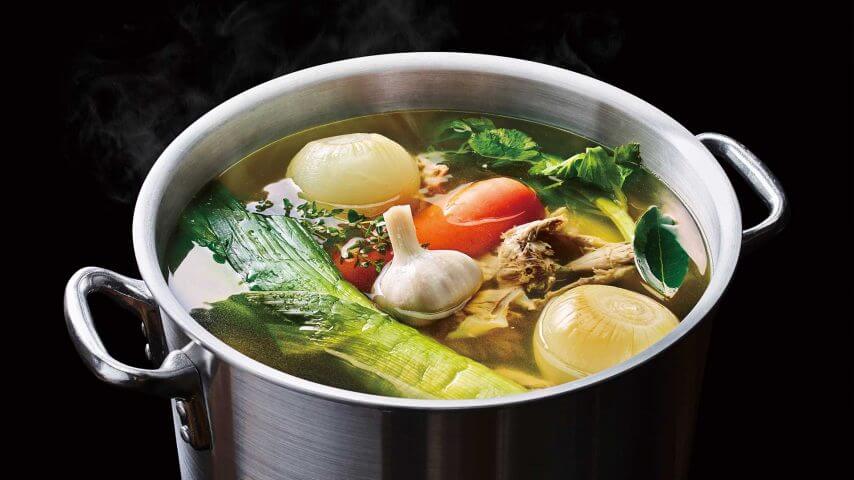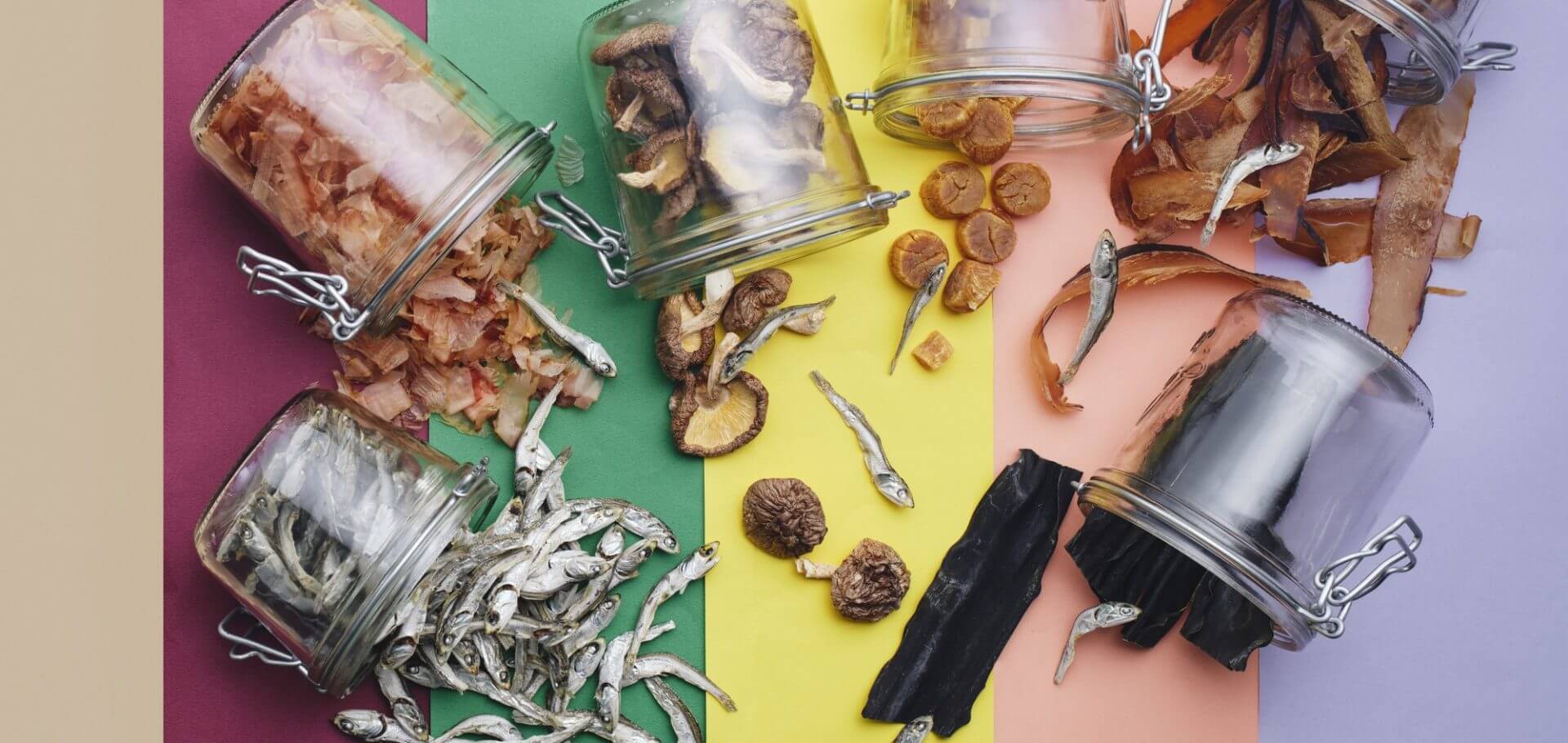
Table of Contents
In recent years, Japanese food (washoku) has gained popularity worldwide—and the secret to its delicious taste lies in dashi. By making good use of dashi, you can make your daily cooking more delicious, enjoyable, and healthy.
In this article, we will explain in detail the basic information on dashi, its relationship with umami, the main types and ingredients, and its history.
What is Dashi?
Dashi is a broth made by simmering meat, vegetables, dried foods, and other ingredients. In Chinese cuisine, the equivalent of dashi is “tan,” while in French cuisine, it is “fond” or “bouillon.”
Dashi is the basis of all Japanese cuisine and is an essential part of the daily diet of the Japanese people.
Dashi is used to subtly balance and modulate flavor. The ingredients of each dish dictate the choice of broth, but a useful rule of thumb is that fish broth is used for cooking vegetables and plant-based broth for fish. Traditionally, this is explained in terms of harmonizing ingredients from the mountains with those from the sea.
Dashi contains “umami substance” that add richness and depth to dishes and enhances the taste of the ingredients themselves.
Combining amino acids by cooking with umami-rich dashi creates deep, complex flavors and reduces the need for added salt or fat.
The Relationship Between Dashi and Umami
Dashi and umami are closely related.
Umami is known as the “fifth taste,” following the four basic tastes: sweet, salty, sour, and bitter.

Today we understand this principle on a more scientific level in terms of certain amino acids—the building blocks of protein—that trigger our perception of umami, the fifth taste along with sweet, salty, sour, and bitter.
The main components responsible for umami are glutamic acid—a non-essential amino acid—and the nucleotides guanylate and inosinate.
Related links:
Major Types of Dashi and Their Ingredients
There are many types of dashi in Japan, but the following seven types are most commonly used. Dashi can be used alone or mixed together.
Ichiban dashi: Bonito flakes, Kelp
Katsuo dashi: Bonito flakes
Kombu dashi: Kombu (Kelp)
Shiitake dashi: Shiitake mushroom
The ingredients for dashi are dried, though the process may first involve boiling, grilling, or smoking. Then the preserved ingredients are soaked in either cold or hot water for varying lengths of time to extract the broth, which is added to soups, stews, sauces, as well as dishes like okonomiyaki (a type of pancake containing meat or fish and vegetables) and chawanmushi (a savory egg custard).
Ichiban dashi: Bonito flakes, kelp
Please use the following reference for cooking:
What is Dashi? | Umami Information Center
“Ichiban” is a Japanese word meaning “first.”
Umami components:Inosinate and Glutamic acid
The broth made by reboiling the ingredients from ichiban dashi is called niban dashi (“second dashi”).
Katsuo dashi: Bonito flakes
Katsuo dashi is a type of dashi made from dried bonito flakes. Katsuobushi is made through a detailed traditional process that takes several months and includes boiling, smoking, and fermenting. It is used in a variety of Japanese dishes and is characterized by its light flavor and rich aroma.
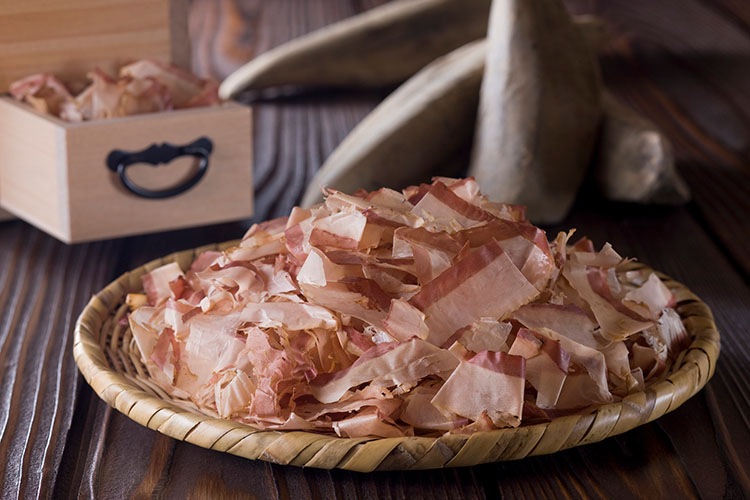
Umami component:Inosinate
Kombu dashi:Kelp
Kombu dashi is dashi made from dried kombu, a type of kelp.
Kombu dashi is characterized by its elegant and unobtrusive umami taste.
The flavor of kombu dashi varies depending on the type of kelp, its region, and harvest year—so it’s recommended to try several types. Together with the shiitake, kombu dashi is used to prepare Shojin dishes (Buddhist vegetarian).
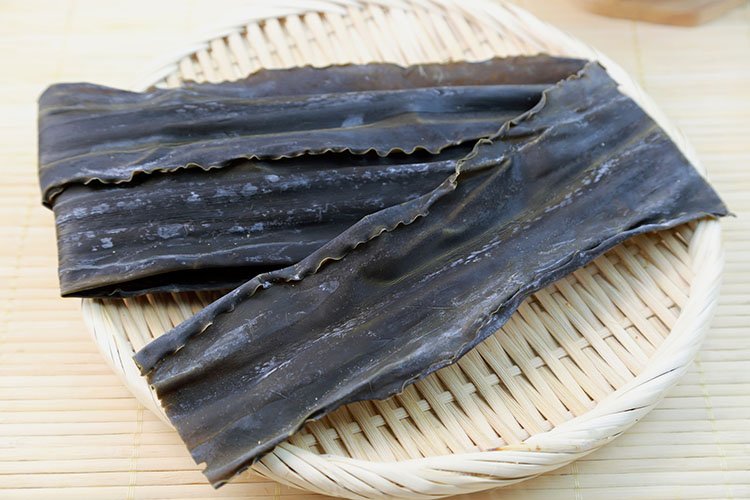
Umami component:Glutamic acid
Shiitake dashi: Shiitake mushroom
Shiitake dashi is dashi made from dried shiitake, a type of mushroom. Shiitake dashi has a unique taste and umami flavor and is often used in combination with other dashi. Together with the kombu, shiitake dashi is used to prepare Shojin dishes (Buddhist vegetarian).
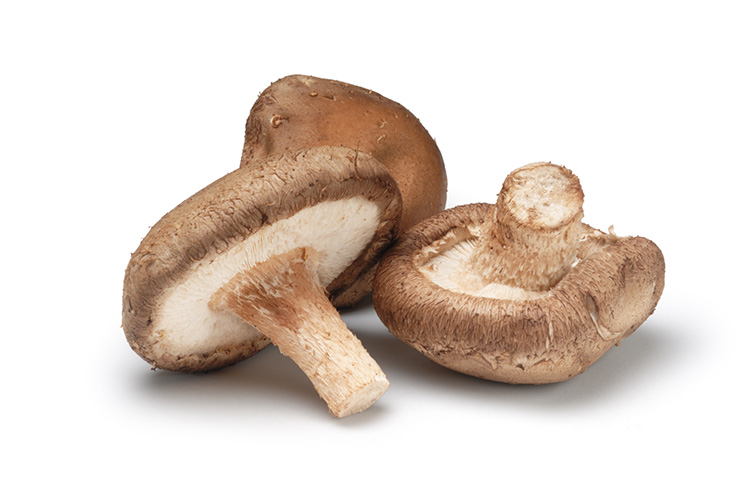
Umami component: Guanylate
History of Dashi
Some 16,500 years ago, Jomon hunter-gatherers in northern Japan invented a revolutionary new technology: pottery. Judging from archaeological evidence, these earliest fired clay pots, used for both storage and cooking, enabled Jomon people to safely preserve and consume a wider variety of foods than ever before. The Jomon diet was diverse—ranging from seasonal wild plants, seeds, and nuts that were often inedible until boiled, to shellfish and other seafood.
With the invention of earthenware, food preparation became possible, and humans learned to cook and eat meat, fish, shellfish, mushrooms, and nuts.
After 14,000 years of cooking in pots, the people of the Japanese archipelago became highly skilled in the craft. In the process, they unlocked the secret of umami—dashi, or what we call broth.
In 1908, Dr. Kikunae Ikeda of Tokyo Imperial University succeeded in extracting glutamic acid from kombu and named the taste “umami.” Thus, the true nature of the delicious taste that kombu dashi brings to food was scientifically clarified.
Enrich Your Diet With the Umami of Dashi
By taking advantage of the umami of dashi, the secret to the deliciousness of Japanese cuisine, you will be able to use a wider variety of ingredients, making your daily cooking more enjoyable.
Furthermore, dashi is useful in preparing rich and flavorful dishes while helping to reduce excessive salt intake in everyday meals.
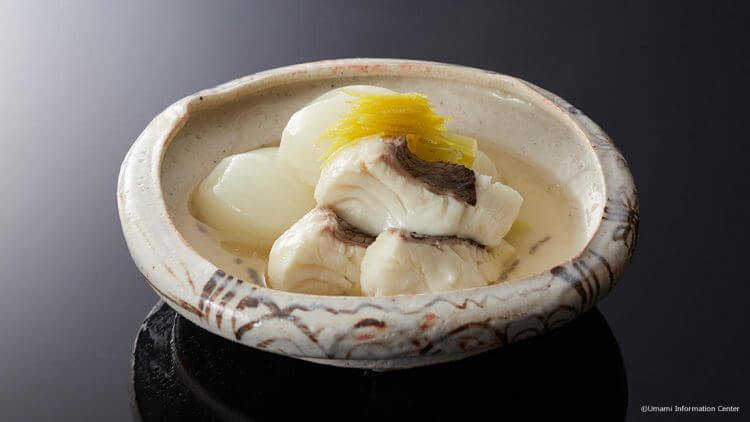
Simmered sea bream with kombu dashi
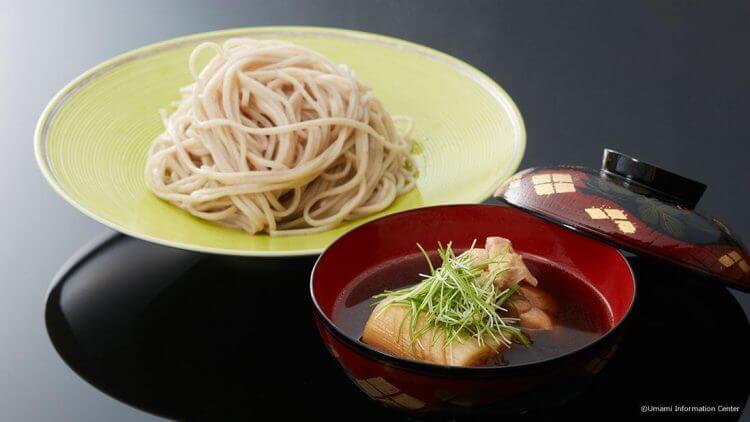
Soba noodles with katsuobushi dashi
November 24th is Washoku Day: Try the Taste of Japanese Dashi
In recent years, Japanese food—washoku—has attracted international attention for its simple yet elegantly-prepared, well-balanced dishes made from an array of seasonal, locally-sourced, healthy ingredients. In recognition of this culinary tradition rooted in seasonal festivals, a respect for nature, and the sustainable use of resources, UNESCO added Washoku to its list of the intangible cultural heritage of humanity. To help pass down these culinary traditions—including the use of dashi—the Japanese government designated November 24 as “Washoku Day.”
Delicious and healthy Japanese food can be enjoyed in the comfort of your own home. The Ajinomoto Group introduces a number of Japanese recipes using dashi, which can be accessed through the links below.

